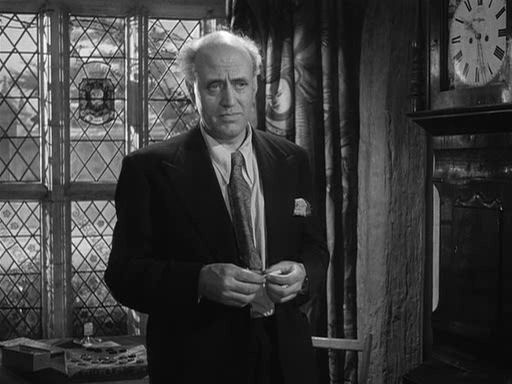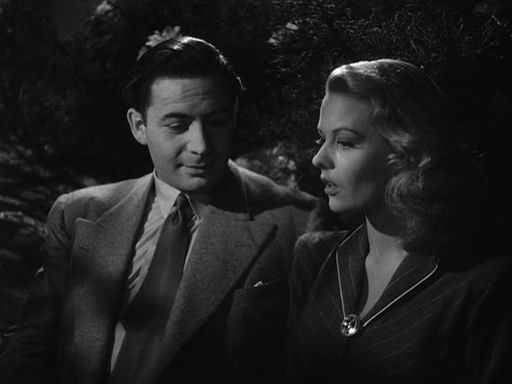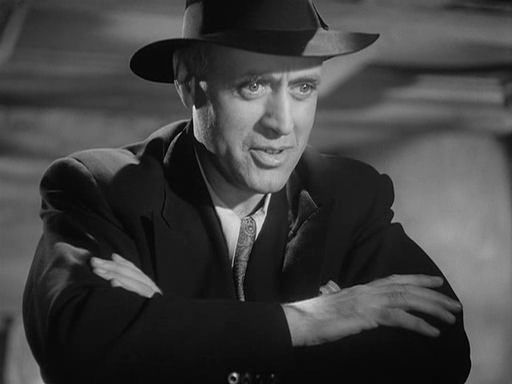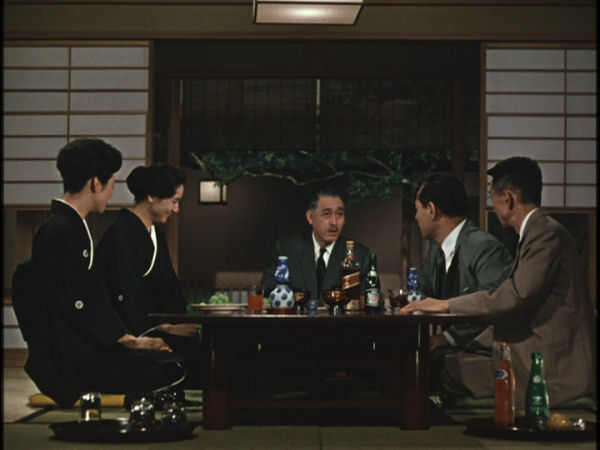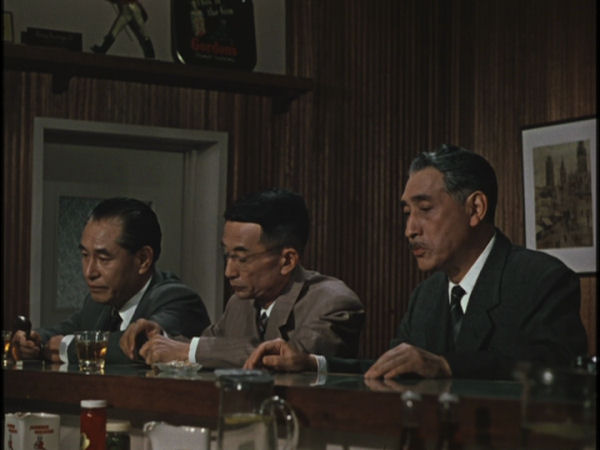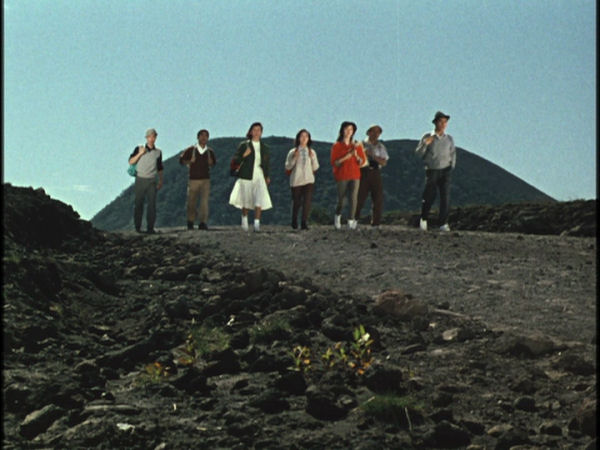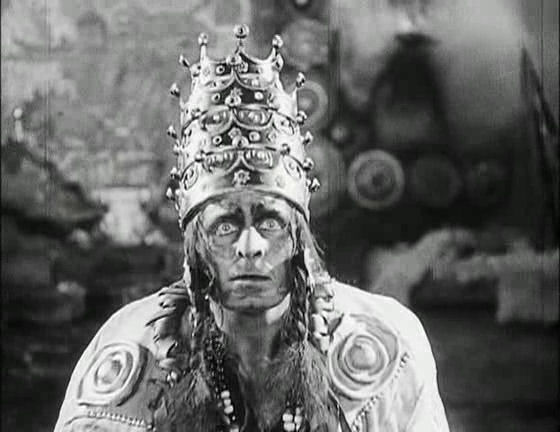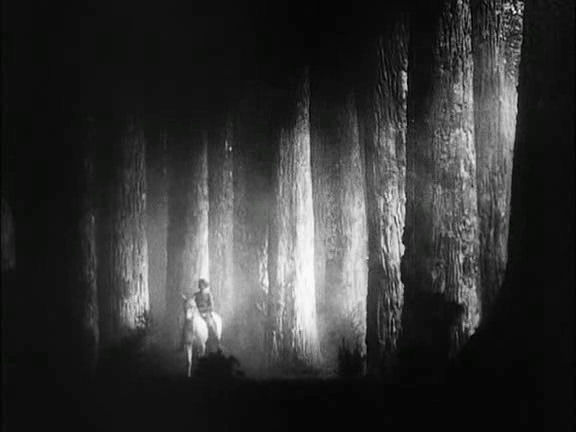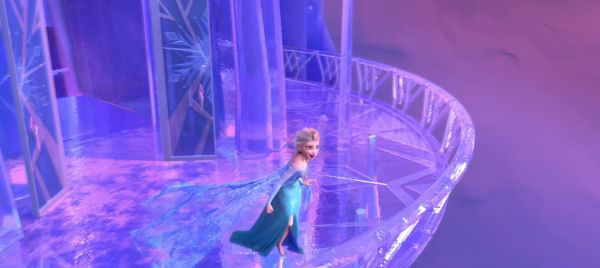
I don't consider it his best film but for some reason the Akira Kurosawa movie I most often feel inclined to revisit is his 1949 film noir Stray Dog (野良犬, Nora Inu). Last week I was compelled to watch it again after an episode of Breaking Bad I particularly liked and I realised a lot of the concepts Kurosawa dealt with in Stray Dog were helpful in framing my thoughts on what I see as a new genre in television and film. We might call it the Super Anti-hero or maybe the New Byronic Hero.
World War I seemed to put a damper on the fun with amorality in the arts exemplified by Oscar Wilde and Walter Pater which seems to have descended from Romanticism's attraction to Satan in Paradise Lost. An attraction whose motives were expressed in their fullness by Lord Byron's Manfred, a story of a man who dares to pursue power without the aid of God or the Devil, freed from the old morality. Herman Melville and others formed their criticism of this love in their own writings, Captain Ahab being something of a horrific parody of the Byronic Hero. Tolstoy in War and Peace directly criticises Napoleon as the real man most evidently serving as the model of one whose power is founded entirely on his own initiative--Tolstoy, who had been a soldier, at length shows how little control even the officers have over the forces at work in war. The World Wars of the twentieth century certainly showed how correct Tolstoy was.

But it's from another great Russian author, Dostoevsky, that Kurosawa drew inspiration for his characterisation of the killer in Stray Dog. As Kurosawa scholar Stephen Prince notes in the Criterion DVD commentary, the killer's personality as explored in this, one of the film's best scenes, seems like something straight out of Notes from the Underground or Crime and Punishment:
Clip from Akira Kurosawa's Stray Dog by setsuled
Yusa killing the cat because he sees the cat's death as inevitable, Prince observes, recalls a scene in Crime and Punishment and the anti-hero, Raskolnikov's, own motives for murder--killing partly because there's an overwhelming sense of pointlessness apart from satisfying one's own desires. Raskolnikov is obsessed with Napoleon and kills in large part because he has no reason to kill--he sees great men as those who create their own reality, morals only being a system to control those whom Nietzsche would have said were possessed of a slave mentality.
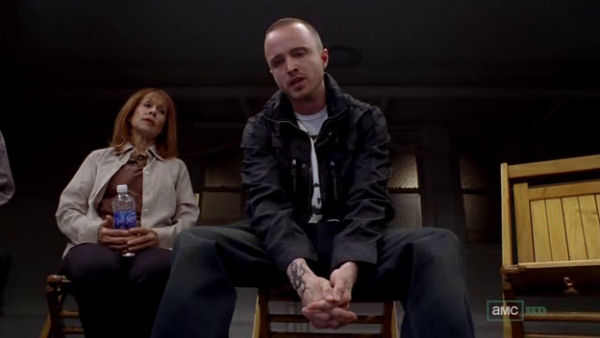
The episode of Breaking Bad I watched was the season four episode "Problem Dog" where Jesse, in order to discuss dealing with the murder of a human being he committed, tells his group that he killed a dog for no reason other than that the dog was, vaguely, a "problem". The argument that ensues between Jesse and the leader of the therapy group highlights a fundamental issue with the kind of therapy at play--the therapist's focus is entirely on people learning to accept themselves. He is himself guilty of the accidental killing of his child when he was under the influence of a drug but he needs to accept himself in order to move on with his life. Jesse points out that if one can work through any action to the point of self-acceptance, there is no exterior, objective morality, something Jesse has a great deal of trouble accepting. He seems more at peace with himself when he calls himself "the bad guy" than he does with the idea that the murderer of one day can be an acceptably normal human being of the next.

In Stray Dog, Kurosawa portrays many common features between the young cop protagonist, Murakami, and the killer, Yusa. Both had been soldiers for Japan in World War II, both had had their knapsacks stolen when they returned home, bags which had held all their positions. Their paths diverged after this--Murakami tells his mentor, Sato, that he had seen himself at a point of crisis and decided to become a cop in order set himself in the right direction. Yusa succumbed to despair and accepted the world where civility is fundamentally meaningless. The plot of Stray Dog concerns the theft of Murakami's gun which ends up in the hands of Yusa who uses it to commit his crimes. The guilt Murakami experiences over each person who dies by his gun tightens the connexion between the two and examines the tenuousness of social codes.
There's an element of sexual politics to it--the phallic symbol of a gun, the fact that Murakami pursues a female thief and eventually arrests a female go-between for the black market gun trade, interrogating both women obsessively without reward while both seem to regard him with cool lack of interest. We learn that Yusa's original motive in possessing the gun was to steal an expensive dress for the woman he's in love with--when Murakami thwarts Yusa's effort to return the gun by arresting the go-between at an inopportune moment, Yusa rapes and murders a young housewife. One might then recall that the murders committed by Raskolnikov in Crime and Punishment were of women and one might also observe the role sex plays in the modern trend I'm speaking of.

In Breaking Bad, Walter White's manhood and his social function as a man to provide for his family is established repeatedly as his motive to indulge in criminal behaviour. Most of the anti-heroes of these popular shows, with the notable exception of Game of Thrones with its diversity of characters, are male. One could say the model on which these new shows are based is The Sopranos which portrays an intensely patriarchal society where the ability to provide for his family is continually presented as Tony Soprano's justification for his career.
It's appropriate, then, that Kurosawa uses Yusa's motive of stealing a dress for his girlfriend to form a criticism of the culture of capitalism newly exerting its influence on Japan after the war. Capitalism, and the promise of comfort and luxury for those who've "earned" it, again being a motive both for Walter White and Tony Soprano.
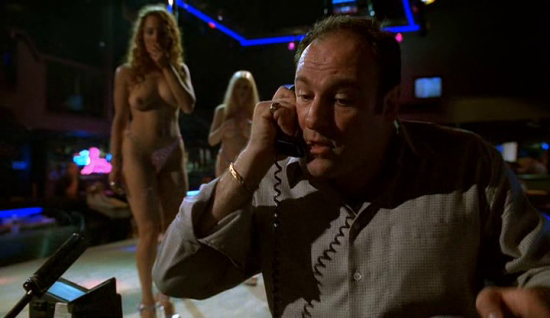
So much of Stray Dog is based on the chaotic social climate in Japan in the wake of World War II--as I said at the beginning, World War I threw a ghastly light on literature's flirtation with amorality in the nineteenth century. I have a recording of a radio interview with Jack Kerouac where the interviewer, an older man, put to Kerouac that World War II seemed to have produced no generation of artists like World War I did whose work dealt with a confrontation with the ugly chaos of reality thrown into sharp relief by the atrocities of war. Of course, the interviewer not only comes off as stupid and ignorant now, he probably came off that way to Kerouac and anyone halfway literate listening at the time, though Kerouac was too polite to point it out. But naturally Kerouac's Beat generation, film noir, Neorealism, New Wave, and so many artistic movements can be shown as having been inspired at least partially by experiences with or news of the war. "Apres-guerre" Sato says to Murakami, referring to a widespread psychological state more commonly shortened at the time to "apres", Prince points out, that was recognised in the populace after the war.

It's not hard to see how this modern anti-hero trend might be related to our own apres-guerre, as I said in my review of Frozen a few days ago. The dubious motives and complicated nature of the war in Vietnam may have set a precedent, but even then I don't think most people were quite aware of how intricately our comfortable lives were founded on destruction. Though this has always been a reality perceived by many--as Clark Gable points out to Marilyn Monroe in The Misfits when he's justifying the killing of horses, there's nothing that can live without something else dying. Though now we're not just living off death, we're living comfortably off it, and the word for our justification is capitalism.

